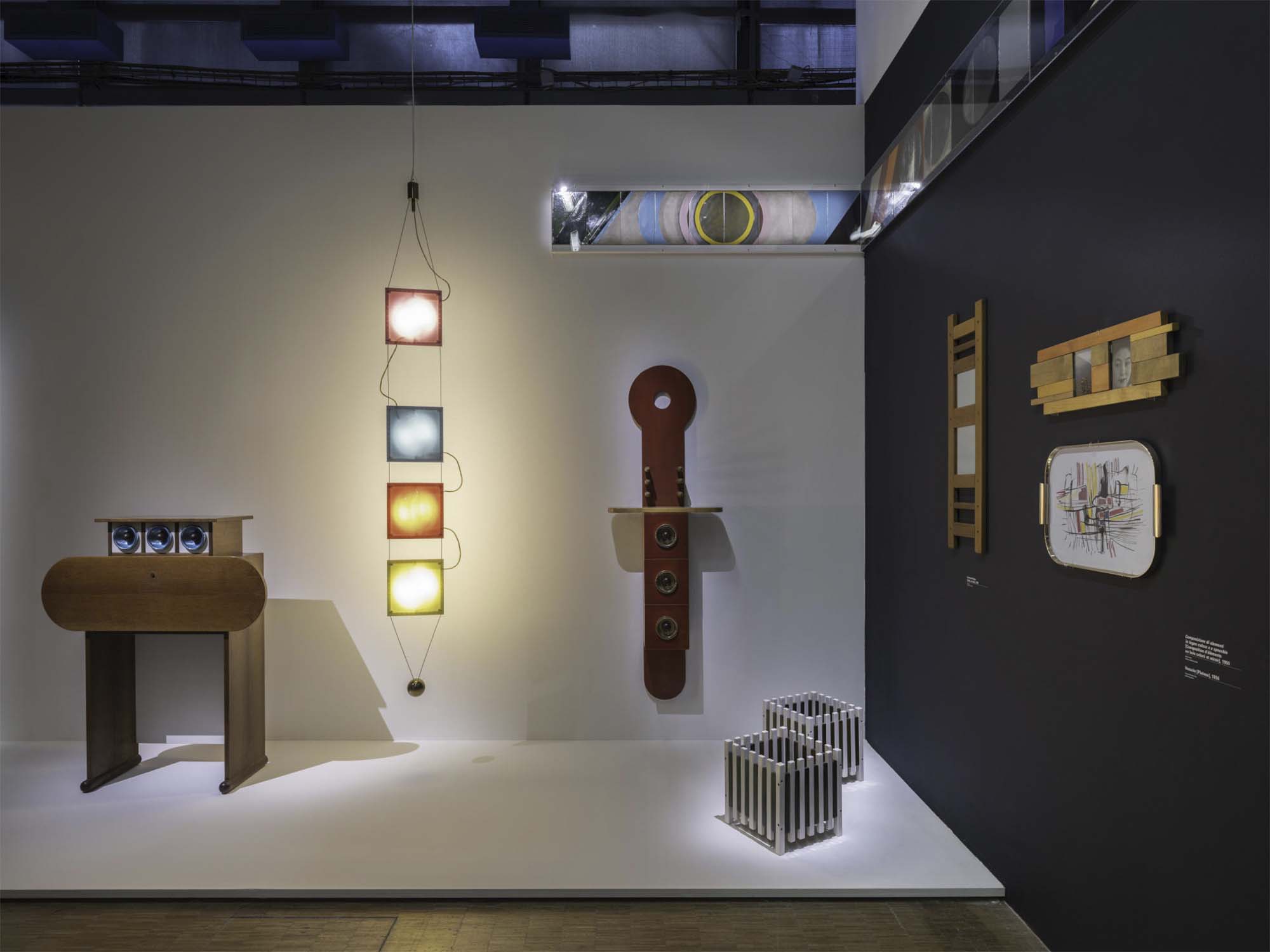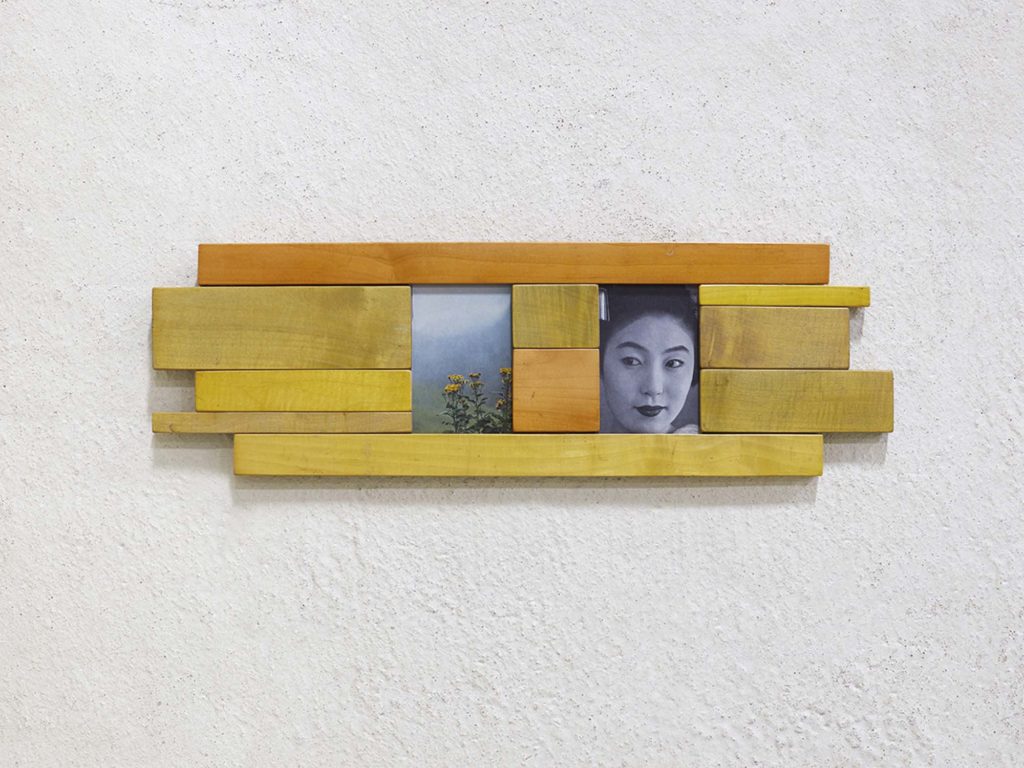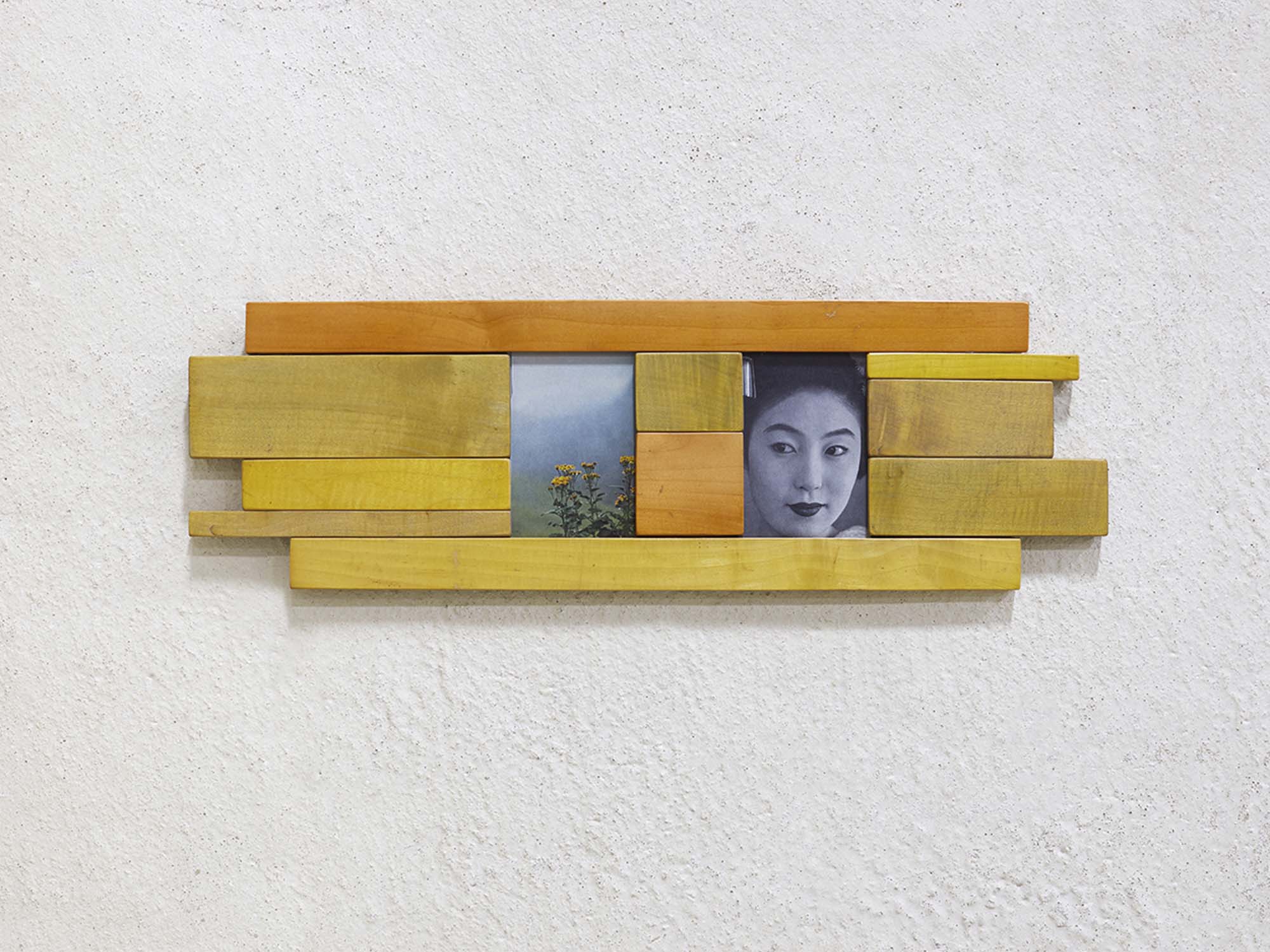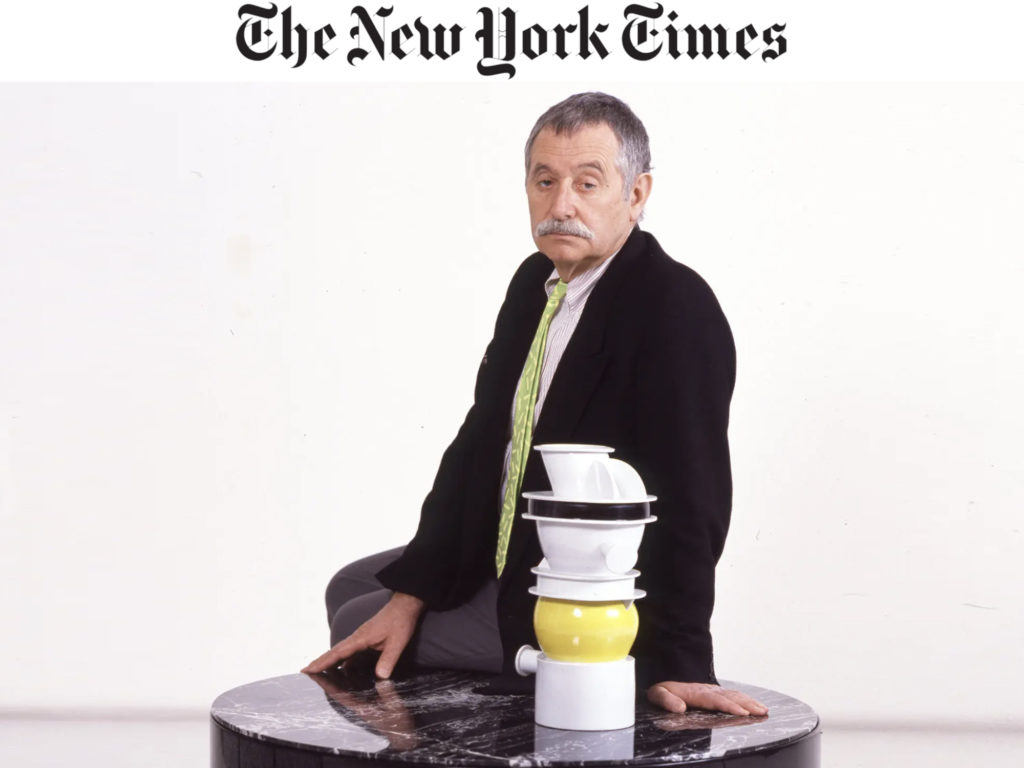The exhibition brings together a unique set of major historical pieces by Italian designer Ettore Sottsass (1917-2007), from the 1940s to the 1980s. Over four hundred works (drawings, paintings, design objects), five hundred photographs and two hundred unpublished documents from the archives of the Kandinsky Library, focus on all the creative components of his work.
In this exhibition, painting, sculpture and literature, modern avant-garde, radical architecture unfold chronologically. Highlights of the exhibition include the partial reconstruction of a historical exhibition in Stockholm in 1969 with the presentation of an exceptional set of monumental ceramics which participate in his approach to “magical design”. For Sottsass, there is no difference between a ceramic, a piece of furniture, an architecture, a photograph, a text, each being the ritual punctuation of a cosmic whole.
Designer, architect, writer, Ettore Sottsass Jr. (Innsbruck, Austria, 1917 – Milan, Italy, 2007) is a pioneer in every period of his life. Opposed to rationalism, he never ceases to claim an emotional experience of objects. He sees design as a way of re-founding architecture, as well as of forging a new link between man and objects: “I have always thought that design begins where rational processes end and those of design begin. Magic.”
The exhibition begins with Ettore Sottsass’s first creations, in the 1940s, nurtured by artistic and architectural avant-gardes – cubism, constructivism, and neo-plasticism. He then creates works to be understood as “spatial constructions” (Maquette spatial, 1947, coll. Mnam-Cci), “architectural objects”, at the crossroads of painting, sculpture and the model. From 1947, he founded his design agency in Milan and began to produce furniture objects and interior design projects (Cabinet Grassotti, 1949, coll. Mnam-Cci). This period was, for him, that of the first experiments where he was at the same time an architect, designer, painter, sculptor, scenographer, graphic designer, critic, etc.
Ettore Sottsass produced his very first ceramics in 1956. Poor material, clay connects man to the cosmos, opening objects to a “ritual and symbolic function”. After a trip to India in 1961, he contracted a serious illness which led him to California, where he remained in hospital between life and death for many months. From this dark period were born, in 1963, the Dark Ceramics, punctuated by diagrammatic drawings. In 1969, he exhibited a set of monumental ceramics, between primitive architectures and shamanic totems, at the Museum of Modern Art in Stockholm (“Miljö för en ny planet”, Nationalmuseum, Stockholm, 07/02/1969 – 09/03/1969), a partial reconstruction of which is presented in this exhibition. The “ritual weight” that Sottsass gives to objects is found at all scales, including his jewelry designs. The years 1960-1970 are also those of radical experiments, between design and architecture, to which the Meubles containers (coll. Mnam-Cci) testify, carried out in 1972 for MoMA in New York.
In 1981, Sottsass founded the Memphis group. Through his liberating vision of design, Memphis lays the foundations for another creative approach, pointing to the bankruptcy of modern ideologies in favor of an emotional and sensory dimension of objects. The decorative renewal, initiated by Memphis, through the patterns, colors, materials and a new expressiveness of the object, opens onto endless experiments with shapes, which will be presented in an immersive environment of patterns created by Sottsass (Bacterio, Serpente, Rete, Spugnato, etc.).
This exhibition also provides an opportunity to discover Ettore Sottsass’s passion for photography as an instrument for capturing reality. For him, travel and photography are part of the same spiritual odyssey and nourish his work and his concept of “magical thinking”. Several hundred unpublished photographs will be presented, from the Kandinsky library collection.













